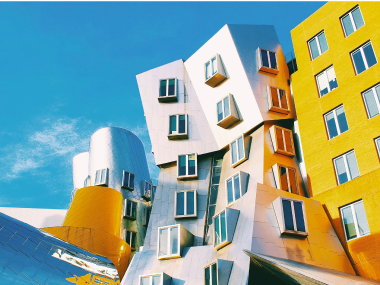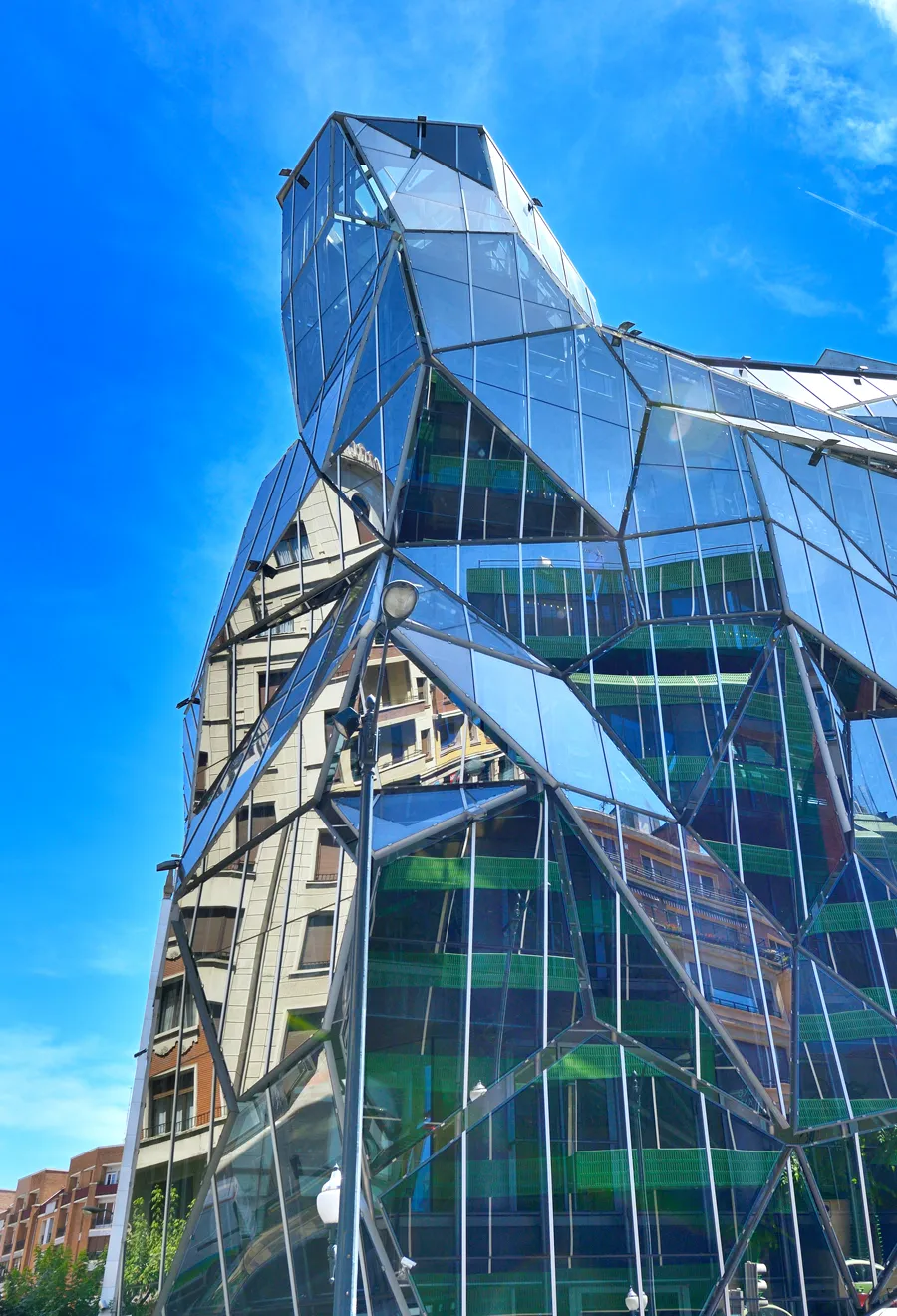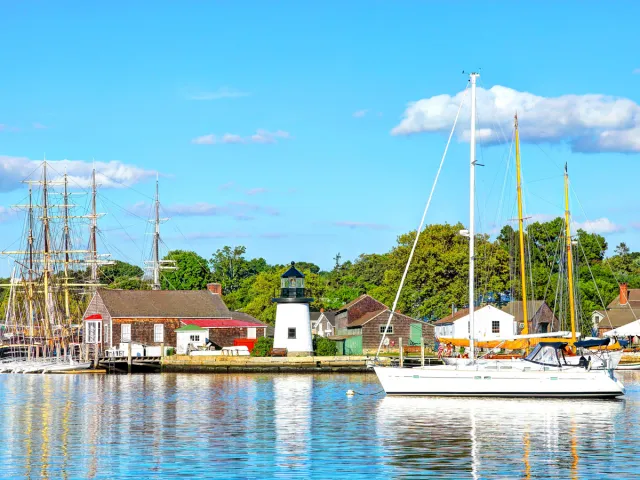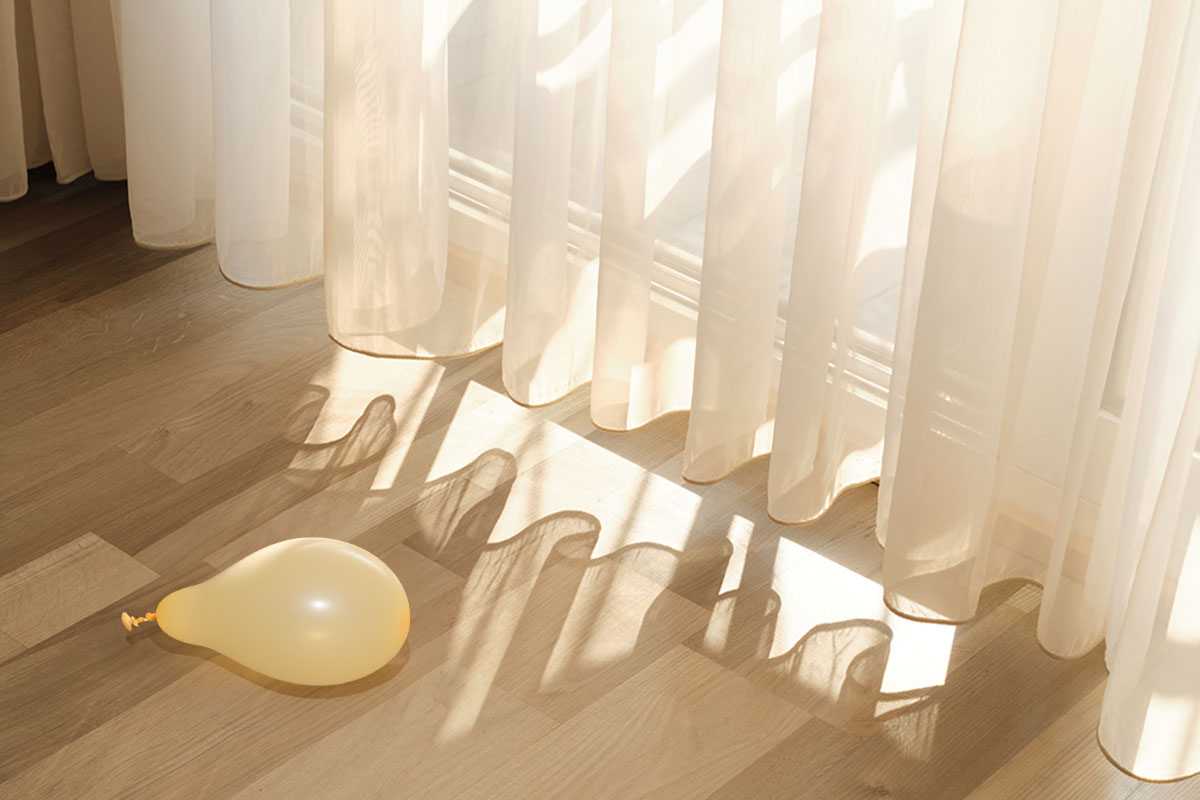Glass buildings don’t just look sleek — they often push the limits of modern architecture with innovative design and forward-thinking sustainability measures. From Paris to Abu Dhabi, these architectural landmarks define their city skylines and captivate onlookers. Check out five of the most interesting glass structures around the world.
Louvre Pyramid – Paris, France

The Louvre is the most-visited museum in the world, attracting nearly 9 million visitors in 2024. It’s renowned for its vast art collection, including the “Mona Lisa,” the Venus de Milo, and the Winged Victory of Samothrace. But before you even get to the art inside, you encounter the Louvre’s famous glass pyramid entrance, designed by Chinese American architect I. M. Pei and completed in 1989 as part of the Grand Louvre Project to modernize the museum.
Instead of entering through the Louvre Palace, visitors now enter through the glass structure and descend into the museum’s main lobby. It took two years of research to develop the specially formulated, extra-clear glass used for the pyramid, which was chosen to provide unobstructed views of the Louvre Palace from both inside and outside. Situated in the center of Cour Napoléon, the expansive main courtyard of the Louvre Palace, the pyramid — though controversial at first — has become an enduring symbol of the iconic Parisian museum.
Aldar Headquarters Building – Abu Dhabi, UAE
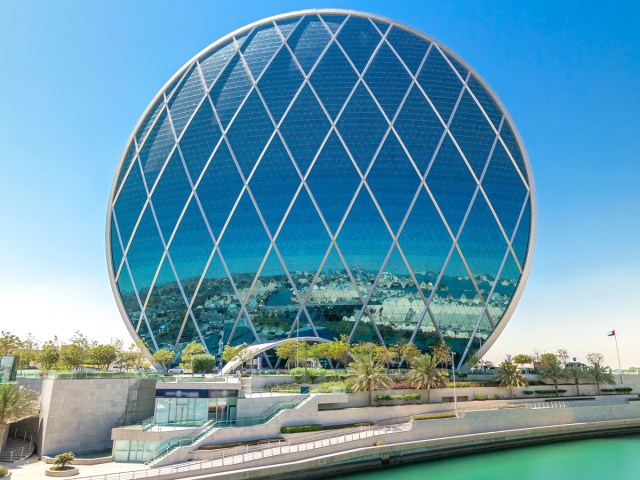
The Aldar Headquarters Building, completed in 2010, was the first spherical skyscraper in the Middle East. Located in the Al Raha area of Abu Dhabi and designed by MZ Architects, the innovative glass building was inspired by the shape of a clam shell. It features an east-west orientation, allowing natural light to stream through the glass panels, especially at sunrise and sunset.
One of the building’s most distinctive features is the lack of internal columns; instead, a diagonal steel diagrid supports the building’s unique curves. The Aldar Headquarters was also a pioneer in sustainable construction in the UAE — a significant portion of the structure was built with recycled materials, including its 270,000 square feet of glass.
National Centre for the Performing Arts – Beijing, China

Designed by French architect Paul Andreu, Beijing’s National Centre for the Performing Arts (NCPA) is known as “the Giant Egg” for its oval shape. It is the largest performing arts complex in Asia, featuring a 2,416-seat opera house, a 2,017-seat concert hall, and two theaters. Construction began in 2001 and was completed in 2007 at a cost of $400 million. Since then, the National Centre for the Performing Arts has hosted a wide range of modern and traditional Chinese dance and theatrical performances.
Approximately 2 million people visit the NCPA each year, not only for the world-class performances, but also because the building is a landmark in itself. Its exterior shell, made from 18,000 titanium plates and 1,200 pieces of ultra-wide glass, gleams in the light, making it one of Beijing’s most iconic buildings. The structure sits at the center of a human-made lake, where the still water reflects both the sky and its massive dome, earning it another nickname — “Pearl on Water.”
Basque Health Department Headquarters – Bilbao, Spain
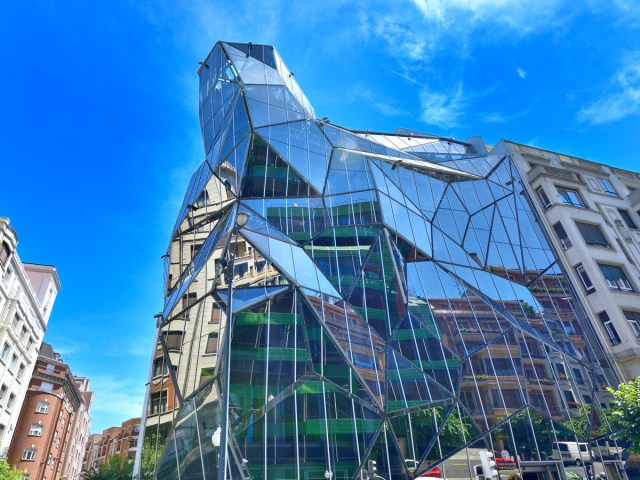
The polyhedral mirrored prism of the Basque Health Department Headquarters stands in striking contrast to the surrounding 20th-century architecture of Bilbao. Completed in 2008, the building was inspired by the form of natural diamonds. Its glass facade is visually striking and allows copious amounts of natural light to stream into the interior.
Architects Juan Coll-Barreu and Daniel Gutiérrez Zarza incorporated a unique folded facade to cleverly address Bilbao’s strict building code that mandated stepped setbacks for buildings along the city’s main boulevards. The double-skin glass exterior offers additional benefits, including sound insulation, improved energy efficiency, and a natural ventilation system that reduces the need for air-conditioning. Though designed for practical use, the building has become one of Bilbao’s most recognizable landmarks.
The Gherkin – London, England

This glittering cylindrical building in London’s financial district is officially known as 30 St Mary Axe, but it’s more commonly called “the Gherkin” due to its resemblance to a pickled cucumber. The landmark building houses a range of financial, legal, and insurance firms, including Swiss Re, Kirkland & Ellis, and the Falcon Group.
Its distinctive facade — made up of a steel frame and triangular glass panels — is cleverly designed to create the illusion of a spiraling form, even though none of the glass panes is actually curved. This visual trick, along with its energy-efficient features and striking silhouette, has helped make the Gherkin one of the most recognizable buildings on the London skyline.
More from our network
Daily Passport is part of Inbox Studio, which publishes content that uplifts, informs, and inspires.
